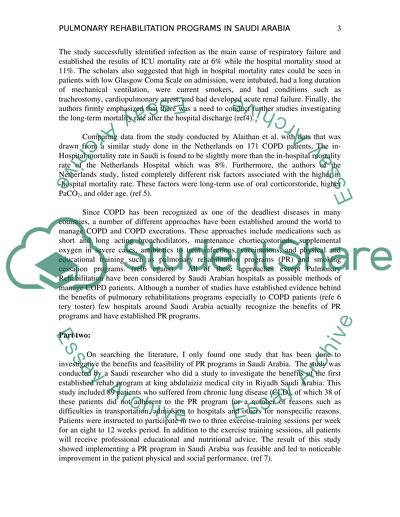Cite this document
(“Pulmonary Rehabilitation Programs in Saudi Arabia Essay”, n.d.)
Pulmonary Rehabilitation Programs in Saudi Arabia Essay. Retrieved from https://studentshare.org/health-sciences-medicine/1481082-proofreading
Pulmonary Rehabilitation Programs in Saudi Arabia Essay. Retrieved from https://studentshare.org/health-sciences-medicine/1481082-proofreading
(Pulmonary Rehabilitation Programs in Saudi Arabia Essay)
Pulmonary Rehabilitation Programs in Saudi Arabia Essay. https://studentshare.org/health-sciences-medicine/1481082-proofreading.
Pulmonary Rehabilitation Programs in Saudi Arabia Essay. https://studentshare.org/health-sciences-medicine/1481082-proofreading.
“Pulmonary Rehabilitation Programs in Saudi Arabia Essay”, n.d. https://studentshare.org/health-sciences-medicine/1481082-proofreading.


